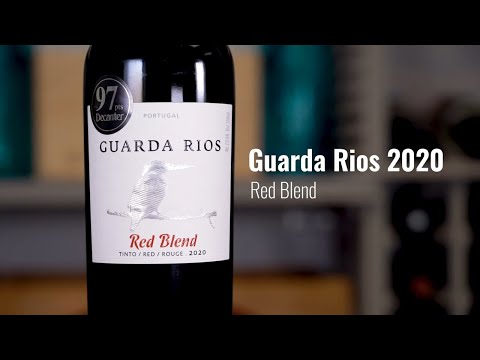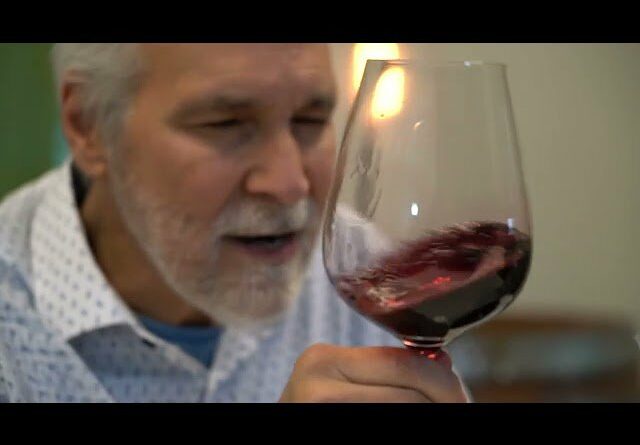[ad_1]

The name Chapoutier holds a legendary place in the history of France’s Rhône Valley. The family first settled in the Northern Rhône village of Tain l’Hermitage in 1808, and today M. Chapoutier winery is named after Michel Chapoutier, the seventh generation. The winery produces several distinguished red and white wines in both the northern and southern areas of the Rhône Valley.
The Rhône Valley is primarily known for red wine, with 94% of its vineyards planted with red grapes: Syrah in the north, and Grenache, Syrah, Mourvèdre and several others in the south. Unsurprisingly, M. Chapoutier’s portfolio is predominantly comprised of red wines. However, Chapoutier has long been considered a champion of the region’s whites as well, produced from indigenous varieties of the area including Viognier, Grenache Blanc, Roussanne, Marsanne and others.
Care in The Vineyards
Michel Chapoutier’s passion has always been to produce wines that show a sense of place. “The concept of being true to the terroir is so important to Chapoutier,” says Dorothy Gaiter in Grape Collective, “that he wrested control of the company from his father, Max, because, he has said, ‘The wines tasted like Chapoutier, not like the appellation.’”
As of the early 1990s, Chapoutier began to incorporate biodynamic methods in the vineyards, believing it to be an important way to replenish the soils and allow the terroir’s true character to shine in his wine. Biodynamics is a a way of farming with a holistic, ecological, and ethical approach in which science is closely correlated with the psychic and spiritual elements of the world. Pesticides and chemical fertilizers are forbidden with mineral, vegetal and animal-based matter used to preserve the natural balance in the vineyards.
Tasting Notes
Following are two impressive M. Chapoutier white wines I received as samples, the first is a Côtes du Rhône that takes its name from the beautiful beehives (belleruche) that thrive in the chemical-free vineyards. And the second is from the Crozes-Hermitage appellation of northern Rhône.









